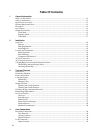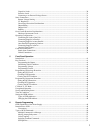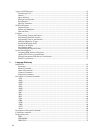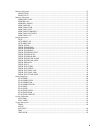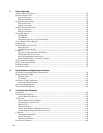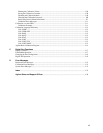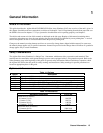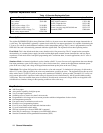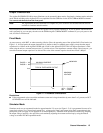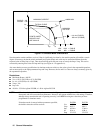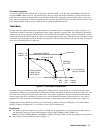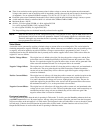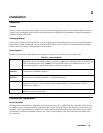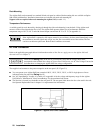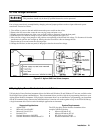
14 General Information
Operator Replaceable Parts
Table 1-3 Operator Replaceable Parts
Description Agilent Part No. Description Agilent Part No.
Cover, dc output 0360-2191 Plug, analog connector 1252-3698
Foot, cabinet 5041-8801 Plug, digital connector 1252-1488
Fuse, power
100 Vac line voltage, 15 A
120 Vac line voltage, 12 A
220/230/240 Vac line voltage, 7 A
2110-0054
2110-0249
21l0-06l4
Screw, output bus bar
Screw, terminal cover
Screw, carrying strap, M5x0.8x10 mm
Standoff, GPIB
0515-1085
0515-1085
0515-1132
0380-0644
Knob, rotary output control 0370-3238
Description
The Agilent E4350B/E4351B Solar Array Simulator (SAS) is a dc power source that simulates the output characteristics of
a solar array. The Agilent SAS is primarily a current source with very low output capacitance. It is capable of simulating the
I-V curve of a solar array under different conditions such as temperature and age. The I-V curve is programmable over the
IEEE-488.2 bus and is automatically generated within the Agilent SAS. The Agilent SAS has three operating modes:
Fixed Mode: This is the default mode that occurs when the unit is first powered up. The I-V output has the rectangular
characteristics of a standard power supply, but with excellent high speed constant current characteristics and low output
capacitance. Fixed mode allows front panel programming and is convenient when, in certain applications, the I-V curve is
not needed.
Simulator Mode: An internal algorithm is used to simulate a SAS I-V curve. One can easily approximate the curve through
four input parameters: open circuit voltage (Voc), short circuit current (Isc), current at the approximate maximum power
point on the curve (Imp), and voltage at the approximate maximum power point on the curve (Vmp).
Table Mode: The Agilent SAS provides a table mode for a fast and accurate I-V simulation of solar arrays. In this mode, a
table of I-V points, often provided by the solar array manufacturer, specifies the curve. The Agilent SAS provides up to 60
tables with a total of 33,500 I-V points of storage and a maximum of 4,000 I-V points per table. The tables (I-V curves) are
easily stored and recalled. A portion of table storage is allocated in non-volatile memory, with 30 possible tables totaling
3,500 points. These are retained when power is turned off. In table mode, current and voltage offsets can be applied to the
selected table to simulate a change in the operating conditions of the solar array.
Key Features
■ 480 Watt output
■ Auto-parallel capability for higher power
■ Very low output capacitance
■ Switching recovery time in less than 5 microseconds
■ Programmable overvoltage and over-current protection which are independent of other circuits
■ Overtemperature protection
■ Fan speed control to minimize acoustic noise
■ Extensive set of programming features
■ Fast I-V curve change in both table and simulator modes
■ Up to 60 volatile/non-volatile tables
■ Self test at power-up or from an IEEE-488.2 command
■ Serial link to connect up to 16 outputs to one IEEE-488.2 address
■ Standard Commands for Programmable Instruments (SCPI)



